Venturing into planted aquariums may offer great rewards but can be quite complicated. Ensuring your aquatic plants receive proper nutrition ranks high on the list of often disregarded factors. Recognizing the important differences between micro and macronutrients is important for establishing a vibrant marine ecosystem.
Content Table
This article investigates the aquarium plant nutrients, which are categorized as micro and macro. Let’s focus on the presence of these nutrients in your aquarium water and the methods to detect and fix deficiencies planted in aquarium nutrients.
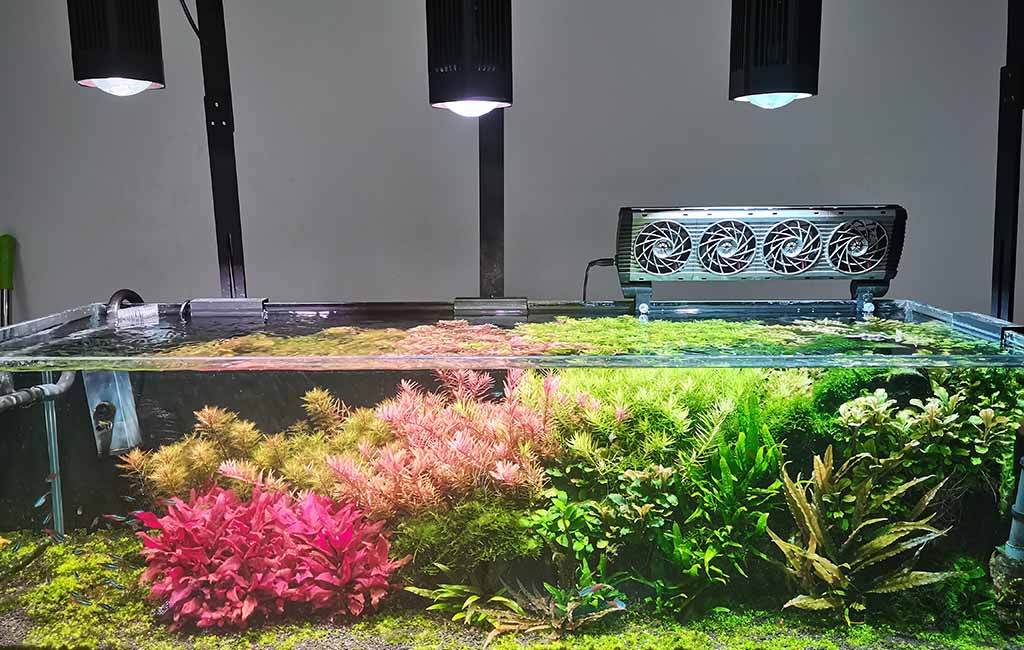
Nutrients in aquarium
Aquarium Plant Nutrients
Similar to plants on earth, aquarium plants also need a reliable source of nutrients to thrive and establish themselves. These nutrients can be broadly categorized into two groups: macronutrients and micronutrients.
Macro Nutrients
- Nitrogen (N): Essential for plant growth and photosynthesis. It’s often the limiting factor in plant growth.
- Phosphorus (P): Crucial for cell division, root growth, and energy transfer.
- Potassium (K): Regulates water balance, enzyme activity, and photosynthesis.
- Carbon (C): The primary element in plant structure, obtained from carbon dioxide dissolved in the water.
Micro Nutrients
- Iron (Fe): Essential for chlorophyll production and photosynthesis.
- Calcium (Ca): Plays a role in cell walls and enzyme activation.
- Magnesium (Mg): Part of the chlorophyll molecule and involved in photosynthesis.
- Manganese (Mn): Involved in photosynthesis and nitrogen metabolism.
- Zinc (Zn): Necessary for enzyme activity and protein synthesis.
- Copper (Cu): Required for photosynthesis and respiration.
- Boron (B): Essential for cell division and carbohydrate metabolism.
- Molybdenum (Mo): Involved in nitrogen metabolism.
Nutrients in Aquatic Plants Need
Nutrient demands for aquatic plants change according to aspects such as the plant species and water environment. Most aquatic plants demand a combined supply of macro and micronutrients.
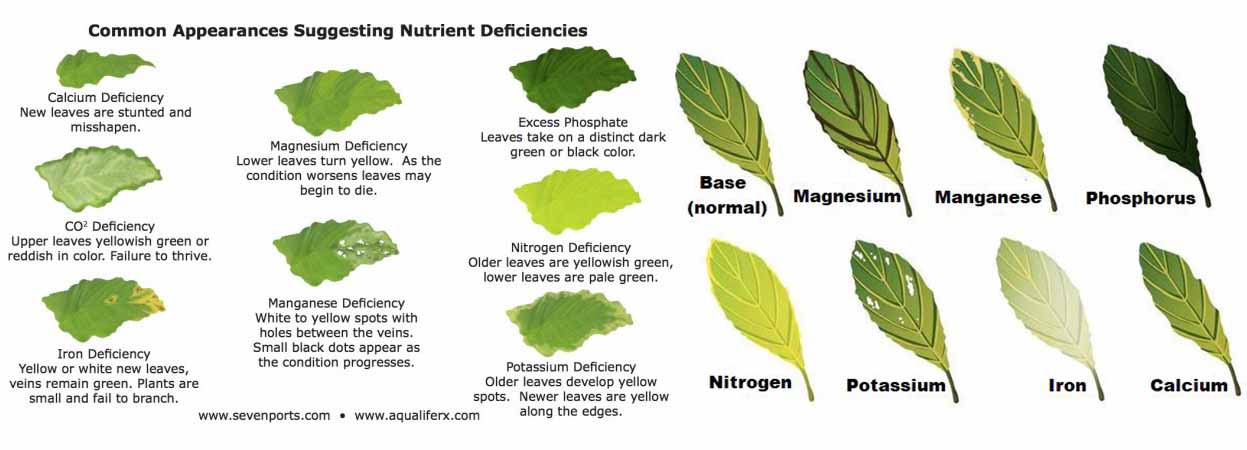
Planted aquarium nutrients
What Nutrients Can Aquarium Plants Get from Water
Aquarium plants can absorb nutrients directly from the water. Both macro and micronutrients can be dissolved in the water column and taken up by the plant’s roots and leaves.
Macro Nutrients:
- Nitrogen (N): Often found in the form of nitrate (NO3-) or nitrite (NO2-).
- Phosphorus (P): Usually present as phosphate (PO43-).
- Potassium (K): Exists as potassium ions (K+).
- Carbon (C): Absorbed as carbon dioxide (CO2).
Micro Nutrients:
- Iron (Fe): Found as ferrous (Fe2+) or ferric (Fe3+) ions.
- Calcium (Ca): Exists as calcium ions (Ca2+).
- Magnesium (Mg): Present as magnesium ions (Mg2+).
- Manganese (Mn): Occurs as manganese ions (Mn2+).
- Zinc (Zn): Found as zinc ions (Zn2+).
- Copper (Cu): Exists as copper ions (Cu2+).
- Boron (B): Present as borate ions (BO33-).
- Molybdenum (Mo): Occurs as molybdate ions (MoO42-).
Factors Affecting Nutrient Absorption:
- Water Quality: The hardness and temperature of water can increase or decrease nutrient access.
- Plant Species: Plant species need different amounts of nutrients.
- Light Intensity: For effective nutrient use by plants; light is crucial.
- Water Circulation: Adequate flow of water supports the distribution of nutrients in the aquarium.
- Nutrient Levels: How many nutrients are in the water might determine the rate at which fish uptake food.
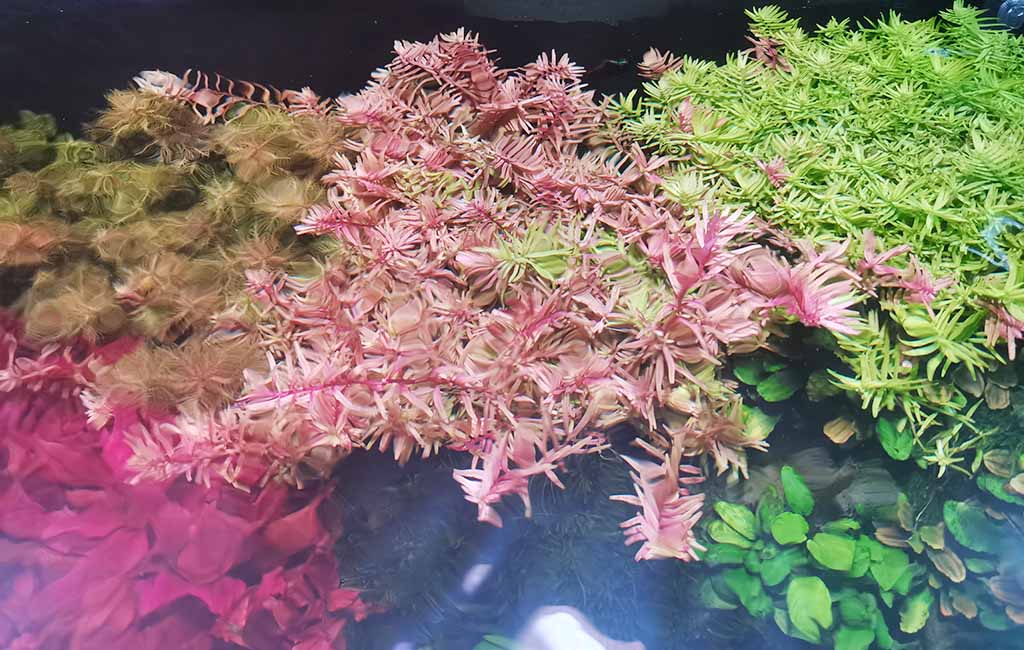
Aquarium plant nutrients
Aquarium Plant Nutrient Deficiency Chart
| Nutrient | Deficiency Symptoms |
| Nitrogen (N) | Stunted growth, pale green or yellow leaves, especially older ones. |
| Phosphorus (P) | Dark green or purplish leaves, stunted growth, root rot. |
| Potassium (K) | Weak stems, yellowing leaf margins, stunted growth. |
| Iron (Fe) | Pale green or yellow leaves with dark green veins. |
| Manganese (Mn) | Yellowing leaves with brown spots, and stunted growth. |
| Zinc (Zn) | Small, distorted leaves, stunted growth. |
| Copper (Cu) | Stunted growth, pale green or yellow leaves, root rot. |
| Magnesium (Mg) | Yellowing leaves between the veins, especially older leaves. |
| Calcium (Ca) | Stunted growth, root rot, weak stems. |
| Boron (B) | Stunted growth, distorted leaves, root rot. |
| Molybdenum (Mo) | Yellowing leaves with brown spots, and stunted growth. |
How to Add Nutrients to Aquarium Plants
Here are some ways to add planted aquarium nutrients for aquarists:
Fertilizers
- Liquid fertilizers: You can utilize them simply and insert them directly into the water supply. Their formulations are numerous and allow you to select one tailored for your plants.
- Tabulated fertilizers: These are put into the substrate and gradually offer nutrients. For plants with extensive root systems, they are an excellent choice.
- Root tabs: Small tablets fit for placement in the substrate near the roots of your plants. They offer a beneficial method to deliver specific nutrients to your plants.
Substrate
- Nutrient-rich substrate: A few substrates possess nutrients in high amounts due to their natural state. The nutrients your plants require can be furnished by these substrates.
- Substrate additives: You may include rich-ingredient additions to your substrate to boost its nutrient levels.
Water changes
- Regular water changes: It is crucial to perform regular water changes to discard outdated nutrients and waste materials. This method aids in keeping your water optimal for your aquarium plant nutrients.
CO2 injection
- CO2 injection: For plants to thrive, they require carbon dioxide. Without sufficient CO2 in the water, your plants will not thrive as they should. Injecting CO2 into the aquarium allows you to enrich your water with this necessary gas.
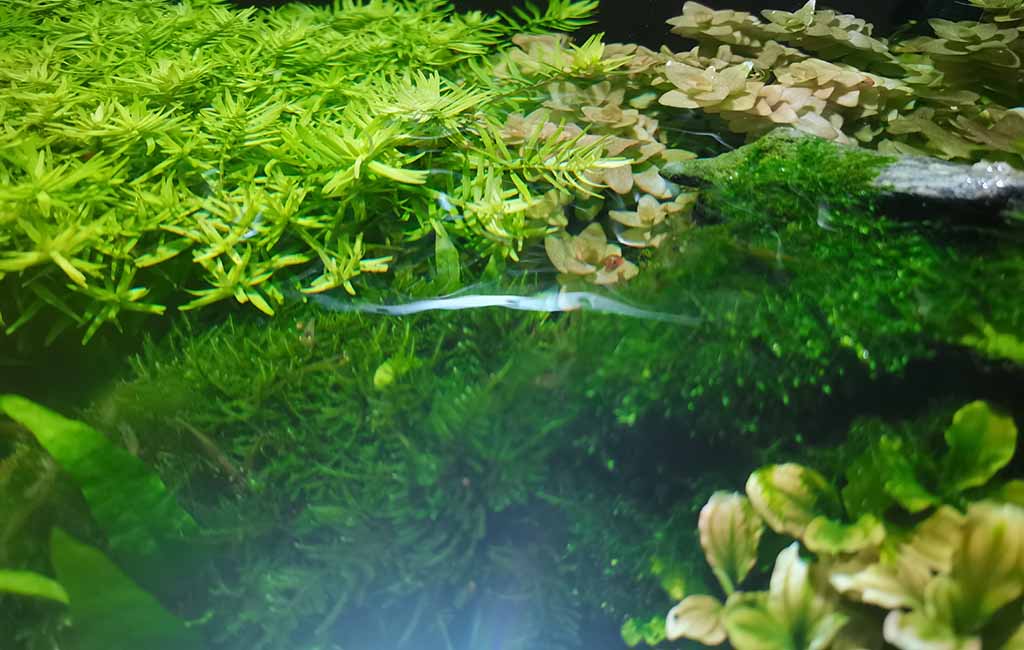
Micro and Macro Nutrients in Water
Lighting
- Proper lighting: Plants need light to grow. Without sufficient lighting for your plants, they cannot effectively uptake nutrients.
Additional tips
- Test your water regularly: Regular water testing is necessary to ensure your water has the right amount of nutrients.
- Start slowly: When introducing nutrients to your aquarium, it is key to start slowly. This will reduce the chance of your plants reacting suddenly.
- Observe your plants: You should monitor your plants closely and seek indications of lacking nutrients. When your rare Eriocaulaceae Warieties plants are not thriving or reveal nutrient deficiencies, you could need to update the number of nutrients added to your aquarium.
Bringing It All Together
Learning the difference between macro and micronutrients gives you the power to foster an optimal environment for your aquarium plants to grow. Your plants will receive the required sustenance by regularly checking aquarium plant nutrient amounts and delivering optimal light while doing water changes. Healthy plants add to the happiness of aquariums and celebrate the aquarium’s beauty and stability.
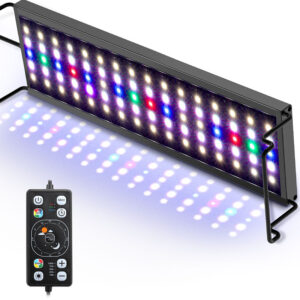
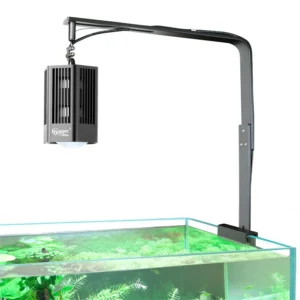
Leave a comment